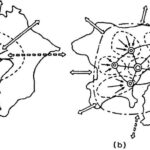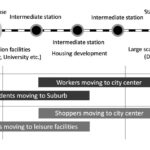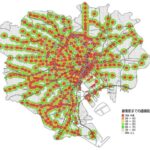Imagine waking up in the morning and walking to a train station 10 minutes away to go to work. Now imagine that same 10-minute walk also includes a local pastry shop, cleaners to drop off your laundry, and a bank to complete your bank deposit. This is the typical experience of residents in the metropolitan area of Tokyo, Japan.
Urban planning is essential to our everyday lives. Data suggests that populations worldwide prefer living in cities over suburban areas. Currently, over half of the world’s population lives in urban areas, and is projected to reach 70% by 2050. As this trend continues, it is important to avoid urban sprawl at all costs, as it is unsustainable for our planet. Urban sprawl is defined by low-density development, typically of single-family homes. This sprawl creates automobile dependency and causes air pollution and an overall reduction in quality of life. For the last 100 years, Tokyo has developed an intricate network of trains and pedestrian activity becoming the world’s most transit-oriented city. TOD (Transit Oriented Development) has become essential to the urban fabric and identity of Tokyo. Its urban strategies have global implications for cities and guide future sustainable urban development.

Tokyo’s History in TOD Development
Tokyo is a young city in comparison to other cities around the world. Tokyo became Japan’s capital in the 1600s and developed into a transit city due to the early introduction of railway lines soon after the Meiji Restoration in 1868. Road improvements did not develop until much later until the 1960’s, with motorization in Japan around this time. Although highway construction began after WWII, Japan was committed to railway-centric urban development post-war onwards. During Japan’s economic growth between 1955 and 1970, the city experienced severe congestion due to the high concentration of population in urban areas. The government learned relatively early to approach city growth with a multi-nodal network, to avoid overcrowding in one specific area. Tokyo developed various neighborhoods with distinct characteristics, rather than having a central, main downtown area.
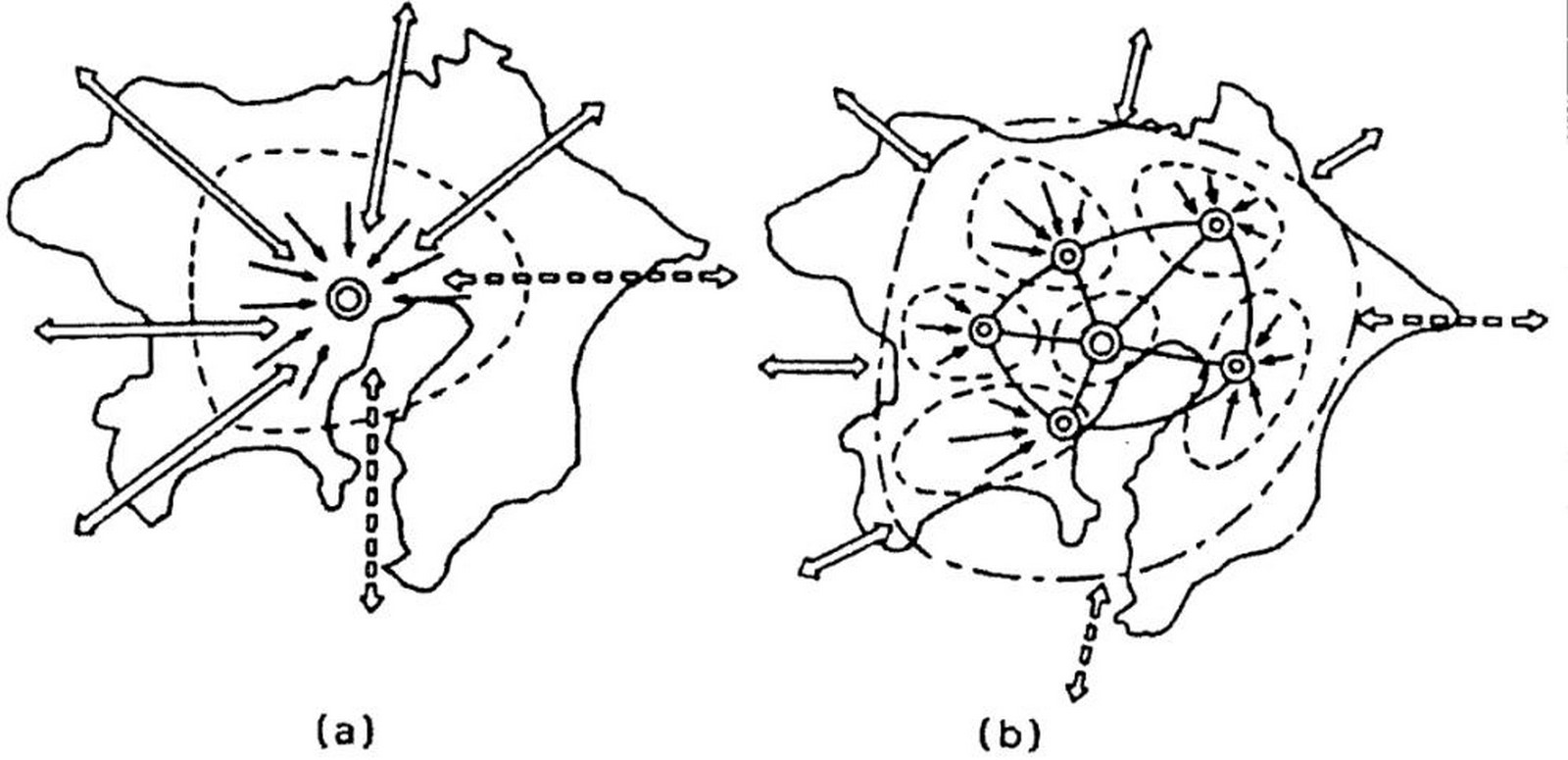
3 Principles of Tokyo TOD
There are three ways that TOD in Tokyo is highly successful. The first involves designing train infrastructure that closely aligns with the everyday lifestyle of its inhabitants. While main train stations in the metropolis area provide large-scale retail such as department stores, the suburbs create secondary attractions, through entertainment facilities like movie theaters and hot springs. As seen in the diagram below, Tokyo TOD supports the life of everyday commuters, traveling into the city during weekdays, and enjoying leisure activities during days off. Education facilities are also placed in suburban areas, anticipating students to spend most days on campus while spending leisure activities in the city, therefore promoting a two-way flow of people. Not only is this pattern of TOD development beneficial for inhabitants, but it also enforces the use of railway lines for everyday use, increasing train ridership and therefore increasing revenue for the railway companies.
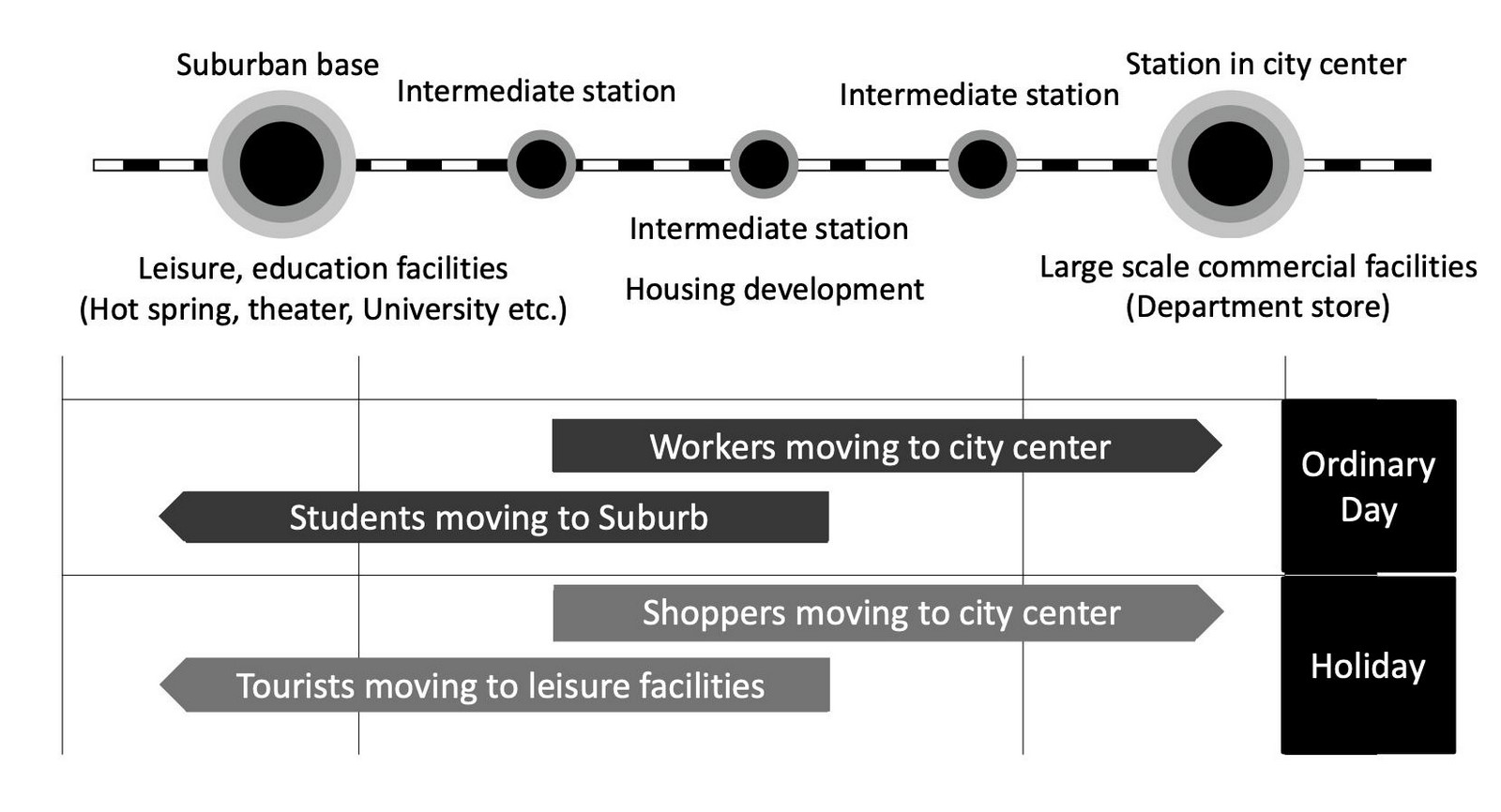
Tokyo’s TOD is also successful through flexible zoning practices and policies. Train stations use two growth models. The first model synchronizes building development with railway infrastructure construction. The second model involves growth in city centers that enhance businesses and commercial activity. Both of these models require an appropriate amount of building development around new stations that enhance the value of land and attract people to new stations. Once train station locations and required surrounding facilities are determined, the city planners make alterations to zoning requirements such as defining minimum building heights, FAR (floor area ratio), and allowable building types (commercial, industrial, residential, etc.). City planning is typically coordinated between different levels of government in Japan, from municipal and prefectural levels, including oversight from the national organization MLIT (Ministry of Land, Infrastructure, Transport and Tourism). Higher FAR is allocated to areas close to stations with higher passenger use. Railway stations are therefore an integral part of overall city planning and dictate much of the zoning within Tokyo. Zoning adjustments alongside railway development ensure the livability and sustainability of local neighborhoods. It ensures the community has access to necessities like groceries, banks, clinics, parks, postal service, drug stores, and restaurants within a 10-minute walking radius from the station.
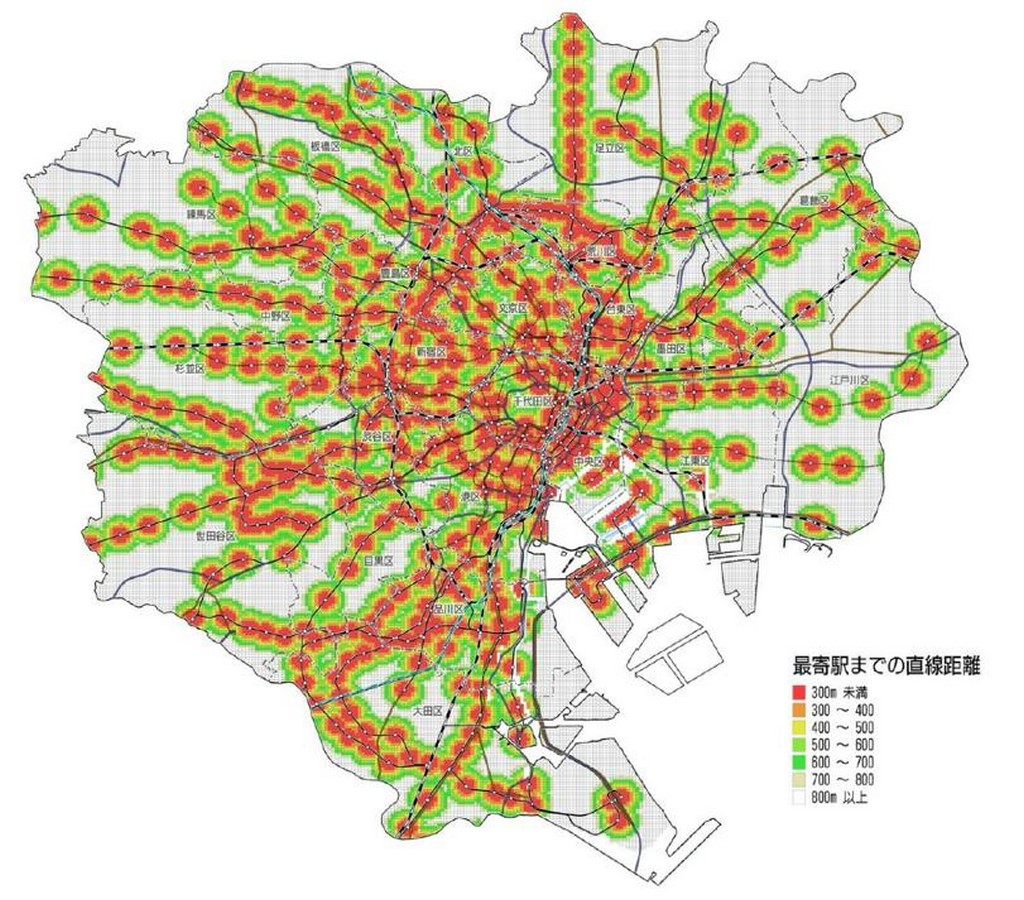
The third and most important aspect of Tokyo TOD is providing a good quality experience while using public transit. Public transit in general may portray an image of being unsanitary, inconvenient, or lacking public security. Therefore it is important that the design of public transportation successfully creates a pleasant experience and a safe environment. This includes designing accessibility for the elderly and disabled with the integration of elevators, escalators, and tactile paving for the blind.
Train stations in Tokyo are often the “face” of the city. When stations are designed alongside iconic architectural designs or landmarks, these stations become valuable assets to the city. Tokyo Station is a true example of a landmark station and notable architecture, with an iconic brick building over 100 years old, symbolizing Tokyo as the capital of Japan and the modernization movement of railway transportation. The station also features a beautiful gallery (Tokyo Station Gallery), and an underground passageway full of restaurants for people passing by.
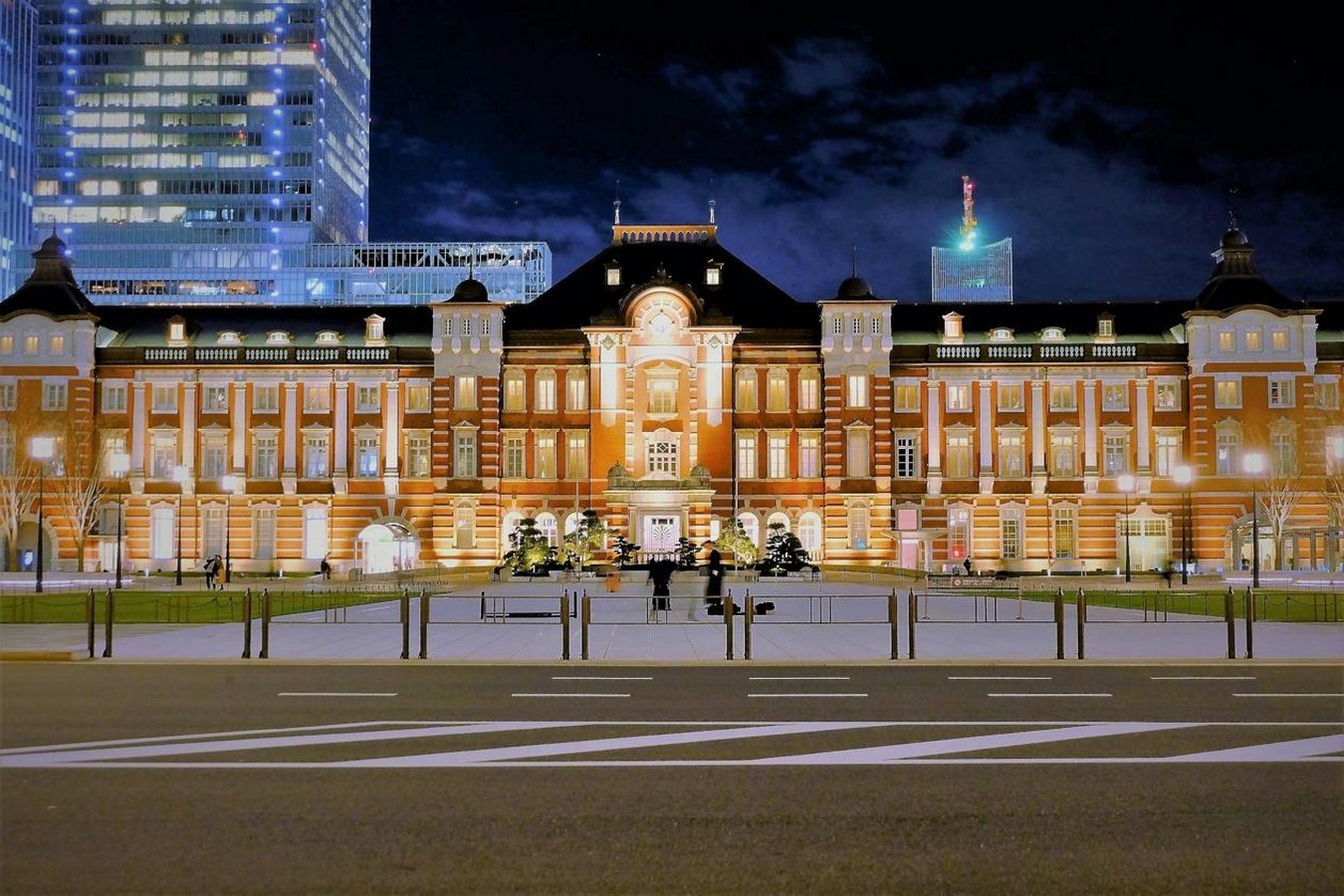
Transit-oriented Development requires a symbiotic relationship between building and railway development. The three key aspects of Tokyo TOD led Tokyo to become a vibrant transit-oriented city that prioritizes pedestrians’ experience. TOD is a relatively new concept introduced in the 1990s, responding to criticism in the United States with suburban areas that depend almost entirely on car transportation and low-density urban density. TOD development has been inherent to urban planning in Tokyo, creating a Japanese-style TOD with the three main aspects described above. These lessons hopefully can inform future development for cities around the world.
References:
Online
NIKKEN SEKKEI LTD. (n.d.). Expanding Japan’s Technology Globally via Transit-Oriented Urban Development | Insights. [online] Available at: https://www.nikken.co.jp/en/insights/expanding_japans_technology_globally_via_transit-oriented_urban_development.html [Accessed 27 Jan. 2024].
Wataru TANAKA TOD Project Practices in Japan. (2014). Available at: https://www.mlit.go.jp/common/001060381.pdf [Accessed 27 Jan. 2024].
United Nations. “Goal 11: Make Cities Inclusive, Safe, Resilient and Sustainable.” United Nations Sustainable Development, United Nations, 2022, www.un.org/sustainabledevelopment/cities/.
Brody, Samuel. “The Characteristics, Causes, and Consequences of Sprawling Development Patterns in the United States.” www.nature.com, 2013, www.nature.com/scitable/knowledge/library/the-characteristics-causes-and-consequences-of-sprawling-103014747/.
Reports:
Seki, Nobuo. (2017). Ministry of Land, Infrastructure, Transport and Tourism: Transit Oriented Development in Japan. Tokyo, Japan: MLIT
Sakaki Shige. (2017). TOD Planning to Implementation – Case of Japan –. Tokyo, Japan: GTIDR, South Asia
Kiyoshi Shimizu. (2017). Transit Oriented Development in Japan. Tokyo, Japan: MLIT
Yajima, Takashi, et al. (2019). TOD Practice in Japan Tokyo, a Global City Created by Railways Edited and Written by Takashi Yajima and Hitoshi Ieda [Study Group on TOD]. 2019.









